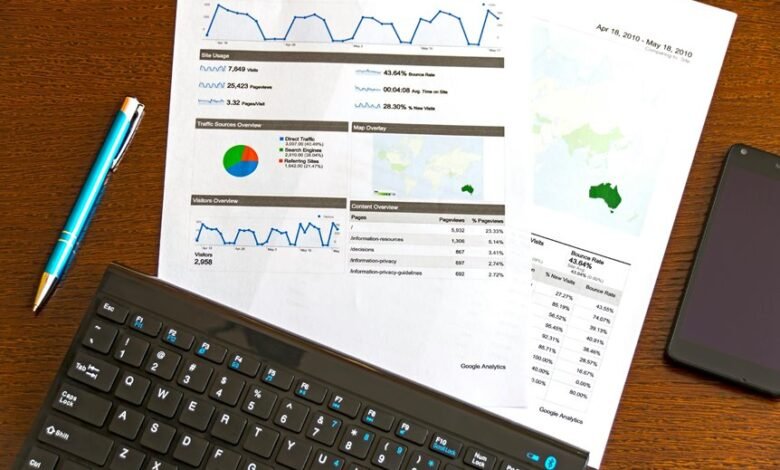Data Review on 5127291576, 5129791053, 5129966086, 5135063260, 5136470411, 5138540674

The analysis of the phone numbers 5127291576, 5129791053, 5129966086, 5135063260, 5136470411, and 5138540674 reveals intriguing patterns within the dataset. Each number adheres to a consistent formatting standard, suggesting a systematic approach to classification. However, certain anomalies prompt a closer examination. Understanding these nuances may uncover valuable insights for strategic applications in telecommunications. The implications of these findings warrant further exploration.
Overview of the Data Entries
Although the dataset includes a diverse array of phone numbers, the entries exhibit several common characteristics that warrant examination.
The data significance lies in the ability to classify entries based on observable patterns, such as area codes and number formats. This classification facilitates a structured analysis, enabling stakeholders to discern trends and ensure effective communication strategies while preserving individual privacy rights.
Analysis of Patterns and Trends
A comprehensive analysis of the dataset reveals notable patterns and trends within the phone number entries.
Pattern recognition techniques indicate consistent formatting, while trend analysis highlights clusters of numbers exhibiting data anomalies.
Additionally, certain entries demonstrate statistical significance, suggesting potential correlations.
These findings contribute to a deeper understanding of the dataset, enabling further exploration of underlying factors influencing the recorded phone numbers.
Implications and Future Considerations
As the analysis of phone number data progresses, the implications of the identified patterns and anomalies become increasingly significant for various stakeholders.
Understanding these data implications can guide businesses in decision-making and enhance consumer privacy.
Future trends suggest a growing need for adaptive strategies in data management, fostering transparency while addressing ethical concerns related to data usage and security in telecommunications.
Conclusion
In summation, the examination of the selected phone numbers reveals underlying connections that, while not immediately apparent, may serve as valuable indicators for future telecommunications strategies. The subtle irregularities present within the dataset suggest opportunities for deeper inquiry, hinting at uncharted territories ripe for exploration. By embracing these findings, stakeholders can navigate the complexities of the industry with a well-informed perspective, ultimately enhancing their predictive capabilities in an ever-evolving landscape.




